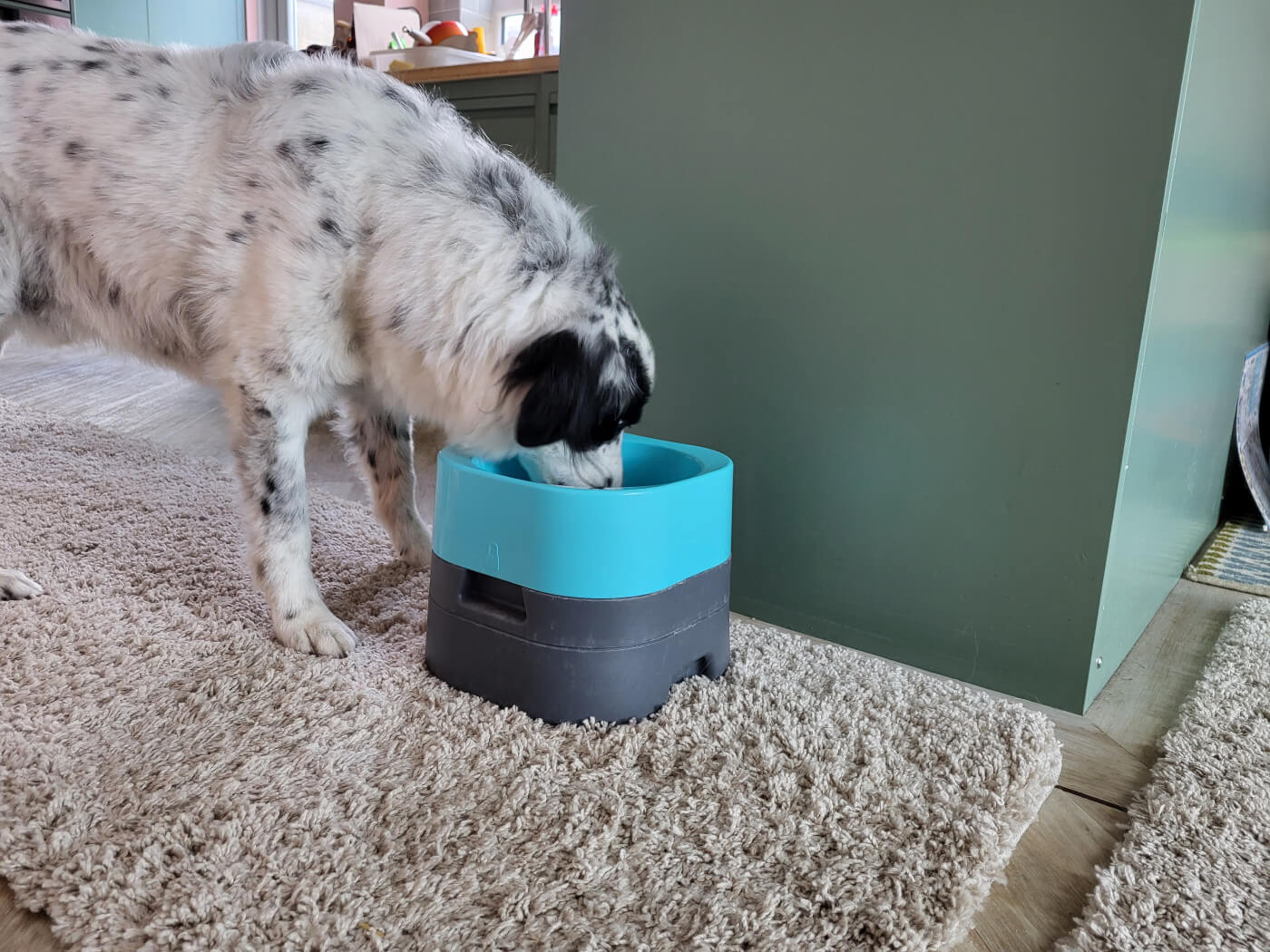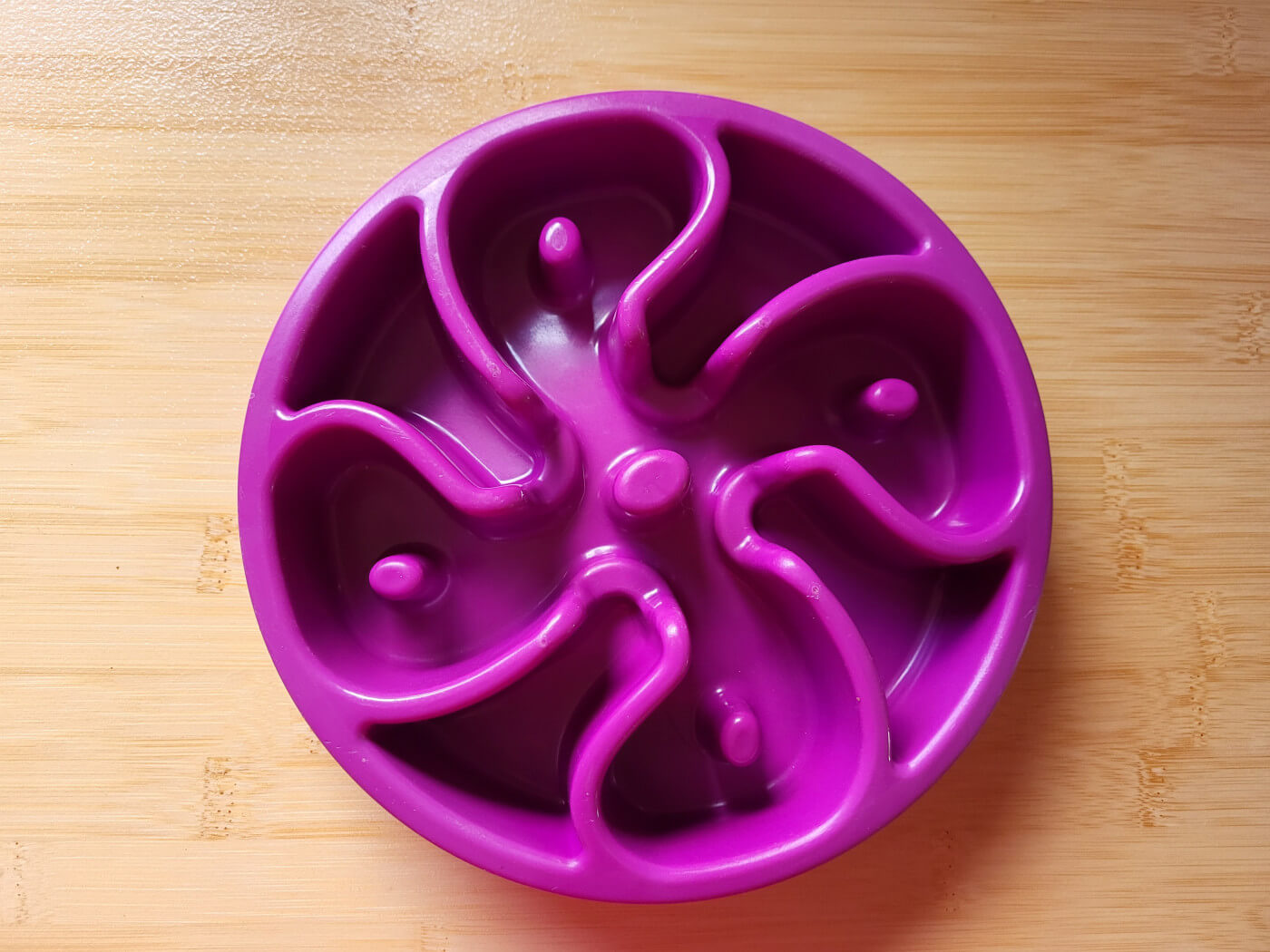No Products in the Cart
FREE DELIVERY on orders over £50

Have a dog over 7 years old? - They qualify for FREE membership to our Senior Dog Club
|

Have a dog over 7 years old? - They qualify for FREE membership to our Senior Dog Club
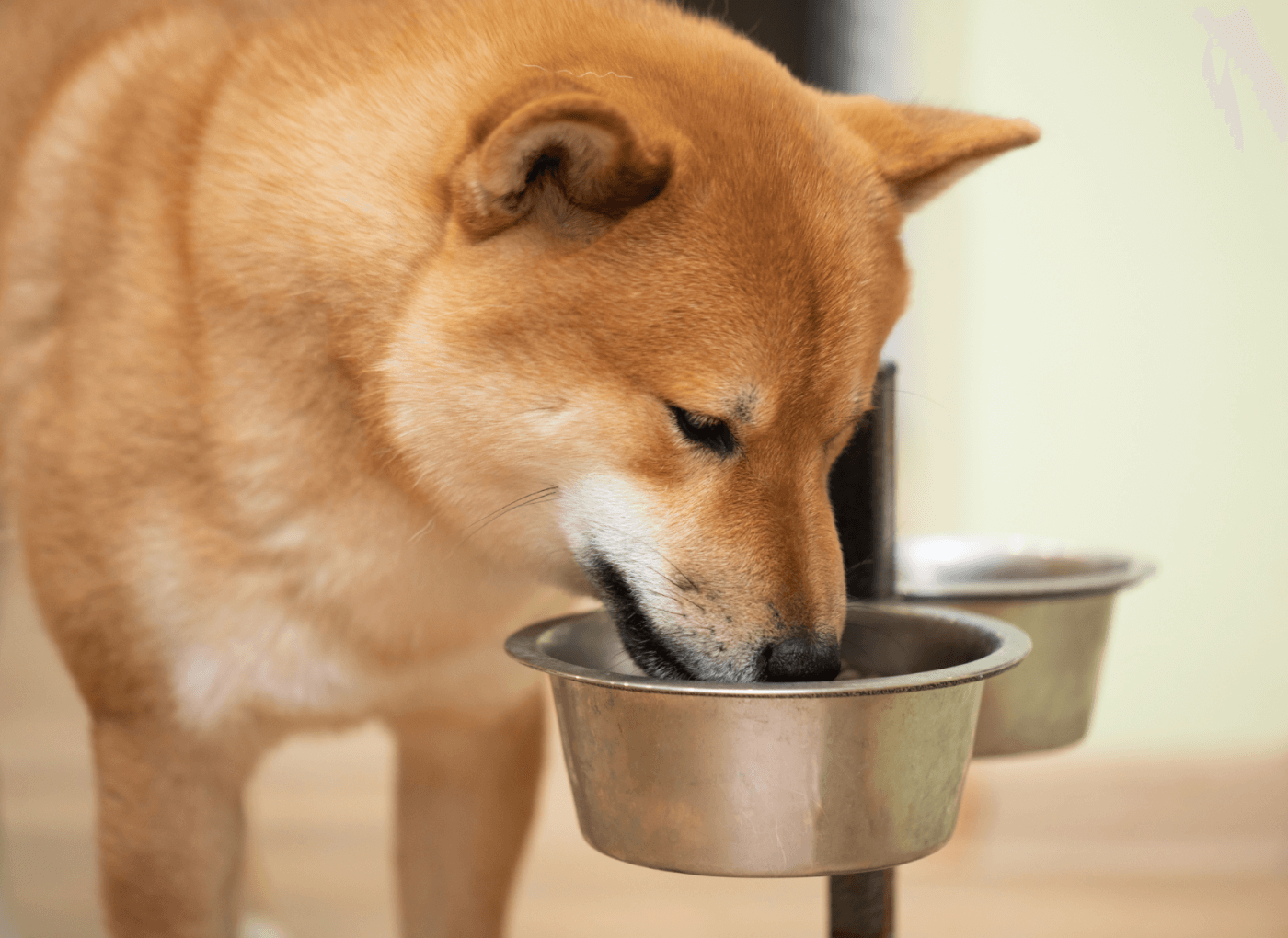
October 6th, 2022
Both senior dogs and cats can suffer from osteoarthritis leading to stiffness and pain. Depending on where the arthritis is, bending their neck and front limbs could be very uncomfortable for them.
A raised feeding and water bowl can help making eating and drinking easier.
Getting the right height of bowl
Getting the correct height of bowl is important, they should not have to reach up to feed and the bowl should be low enough so that the head is still natural in a downward position. There are currently no scientific studies on optimal bowl height, but the general consensus is that you measure the height from the floor to the top of your dog’s shoulder blades (known as the withers) and then take away 5-6 inches. This is the height the raised bowl should be at.
For smaller dogs, subtract 3-4 inches from their shoulder height. For cats, a raised bowl should only be as high as their elbow (the joint on their front legs).
Greedy or playful eaters
There are several options of raised bowls available. One such option comes with a weighted bottom that you can fill with sand or water to make sure the bowl cannot be pushed or knocked over. For dogs that eat quickly and gulp in air, a raised feeder can usually be combined with an anti-gulp bowl.
Are raised bowls suitable for dogs prone to bloat and GDV?
Deep chested breeds can suffer from bloat and Gastric dilation volvulus (GDV). This is where the stomach bloats and twists on itself cutting off blood supply. It can be fatal if not treated quickly. Several studies have identified risk factors for bloat including overeating, aerophagia (gulping in air when eating) and delayed gastric emptying (often from feeding a food high in fat and soluble fibre).
However, some studies have suggested that eating from a raised bowl also increases the risk of bloat. A recent study (2020) of 1637 dogs showed that 20% of GDV cases in larger breeds could be attributed to elevated feeding, whereas 52% of GDV cases in giant breeds could be linked to raised bowls. The authors of the paper have questioned whether raising the food bowl increases the incidence because it allows the dog to gulp the food and take in more air easily but more research is needed. Therefore, a raised feeding position may not be suitable for deep chested breeds. However, if you are considering a raised dog bowl for a breed prone to bloat then an anti-gulp bowl in conjunction is advised and a larger kibble size should also be considered.
For more information
Please contact us on contact@vetskitchen.co.uk or 01793 887555 for further information.
Reference
Glickman, L.T., Glickman, N.W., Schellenberg, D.B., Raghavan, M. & Lee, T. 2000, "Non-dietary risk factors for gastric dilatation-volvulus in large and giant breed dogs", Journal of the American Veterinary Medical Association, vol. 217, no. 10, pp. 1492-1499.
What our customers say
Read our reviewsDelivered to your door
FREE DELIVERY on orders over £50What’s in our food?
Find out more about recipes and ingredientsVet Know-how
Read our helpful expert tips